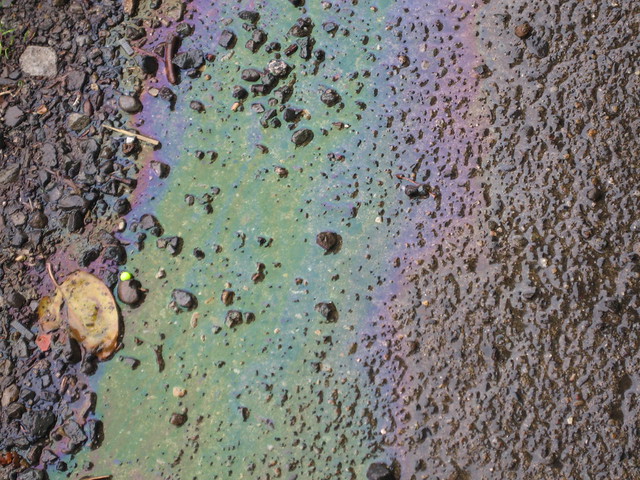Elyse Gabor | October 12, 2022
“Forever chemicals” have been detected in Davenport’s and Burlington’s water. These “forever chemicals” or PFAS, also known as perfluoroalkyl and polyfluoroalkyl, are known to cause cancers. According to the DNR (Department of Natural Resources), tests detected PFAS in August.
The water, which comes from the Mississippi River, is tested quarterly. In June, there were no findings of PFAS. In the most recent test, “forever chemicals” were present. The source of pollution has not been confirmed. However, 3M which is located upstream, has contaminated sites with these chemicals present.
Burlington and Davenport rely on the Mississippi River for a large amount of their water. Other large cities in Iowa, like West Des Moines, have had PFAS detected in their water. The town was able to reduce the forever chemicals from their water.
Currently, the Kammerer Mobile Home Park and Central City have the largest amounts of “forever chemicals” in their water.








